In an email received from the LVReview@nzta.govt.nz is this content:
In our last email update, we told you about a number of changes we were working on to improve the Low Volume Vehicle (LVV) system. Those changes have now been completed and further information about them follows. This update also contains information about work underway to provide alternative pathways to LVV certification for lower-risk modifications. Please find following some questions and answers – we’ve also added these to our website so the latest information is available to everyone.
We’ll contact you soon with further updates about the review. We’ll only contact you when we have something new to say, and anticipate this won’t be for a few weeks.
What has happened since the last update?
Since we last updated you in May 2016, we have finalised the following actions:
Improving certifier consistency:
• The Low Volume Vehicle Technical Association (LVVTA) has completed an update of all standards so there is a single, up-to-date source of information for both certifiers and modifiers. As a result, certifiers will need to rely less on instructions issued via LVVTA information sheets, and customers will find it easier to locate information on requirements and will experience more consistent interpretation and application of standards by certifiers. The latest versions of all standards are available in the Documents section of the LVVTA’s website.
• Although there will always be a level of interpretation and individual decision-making exercised by certifiers, it’s important that certifiers can see where their decision-making may be out of step with other certifiers. To achieve this, the LVVTA has established a certifier Community of Practice, and the first meeting was held in Auckland on 26 June. The next meeting is planned for 13 September, and future meetings will occur around every two months.
• We have ensured there will be an increased focus on consistency in the LVVTA’s certifier training – using the results of form set audits and common queries to identify individual and group training needs – and more opportunities within the training for certifiers to share with and learn from others, through case studies and group discussion of challenging cases.
• The LVVTA has formalised a new requirement for LVV certifiers to ‘co-certify’ (with another certifier) at least one vehicle per year, by adding this to the Operating Requirements Schedule (ORS).
• We have increased the frequency of auditing of certifiers carried out by our Certification Officers, to further ensure high standards are being maintained.
• The LVVTA is continuing to research options and approaches for making the Hobby Car Technical Manual available online. We expect the manual to be published online by the end of October 2016, and it will be renamed. (Comment- About time- ‘Hobby Car Manual’ was completely inappropriate)
Tailoring certification processes to risk
Together with the LVVTA, we consulted with certifiers and modifiers on short-term options for tailoring LVV certification to risk. As a result of the feedback we received, the LVVTA has:
• changed the certification process so that low-risk (‘below threshold’) modifications are excluded from LVV certification when more significant modifications are being certified
• increased the range of modifications that can be certified by different categories of LVV certifiers, which has increased the number of potential certifiers available for most types of certification, and
• excluded brake-testing from certain LVV certifications where it is not relevant to the modifications that have been made.
The result of these changes is that the time and complexity of some certifications will be reduced, as fewer items will need to be tested, and customers will find it easier to find a certifier for their vehicle.
The LVV Code and ORS have been updated to reflect the changes above, and LVV certifiers are currently receiving training on all these aspects.
Reviewing roles, functions and performance metrics
We’ve completed a review of the roles and functions of the various parties to the LVV system, and strengthened these where necessary to support good performance of the system. Some of the changes made include:
• formalising and documenting the LVVTA process for regularly updating the LVV Standards and Code
• reinstating regular formal meetings of the LVVTA-Transport Agency Policy Working Group
• confirming and clarifying the LVVTA’s processes for reporting on certifier performance, and
• formalising the Transport Agency’s annual auditing and review of LVVTA.
What work is happening now?
We’re currently working on further ways to tailor certification to risk, and are working with the LVVTA and industry to develop streamlining options. Our work focuses on vehicles that are currently required to undergo LVV certification, but are lower risk because:
• they’ve been produced in a commercial, production-based setting with quality controls in place, or
• they’ve already met appropriate standards overseas.
The options we’re working on are:
• creating a commercial sub-committee of the LVVTA’s Technical Advisory Committee (TAC) to enable quicker decision-making on approvals for innovative commercial designs
• allowing some modified vehicles imported from other countries to be exempted from LVV certification in New Zealand, if they’ve already met appropriate standards overseas, and
• providing an alternative way for commercial modifiers to achieve LVV certification for production-based vehicle modifications (sometimes referred to as ‘type certification’).
Once implemented, these changes will streamline certification processes and make it quicker and easier to get lower-risk modifications certified, creating benefits for commercial modifiers and importers of modified vehicles. We will consult key parties on the detailed changes in early September, and use their feedback to help refine the new processes. This consultation will include inviting members of this distribution list to provide their views, so you will receive more detailed information about the proposed changes soon. We expect the first of these new processes to be implemented in October and will gradually roll out further changes as they’re developed.
Why weren’t more tailored certification options rolled out sooner?
The options we’re considering represent more significant change to the LVV system than the short-term tailoring options that have already been implemented. They require us to consult and work closely with the LVVTA, LVV certifiers, and industry members to ensure they are implemented effectively. The LVV system is complex, both in terms of the way the sector is regulated and the legislation that supports it. We want to make sustainable changes, so taking a collaborative, considered approach is critical.
What’s happening next?
Through October, we’ll continue to work towards implementing further options for tailored certification described above. Once the changes have been implemented we’ll take stock of the improvements made, and consider whether any further changes are required to improve the functioning of the LVV system.
NZTA webpage
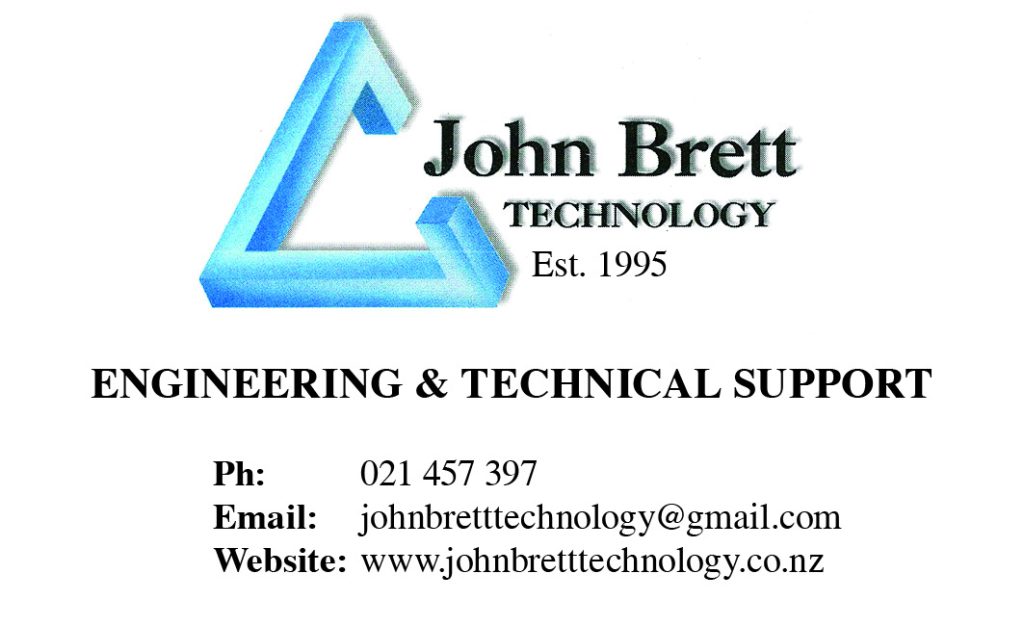
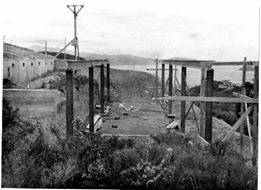
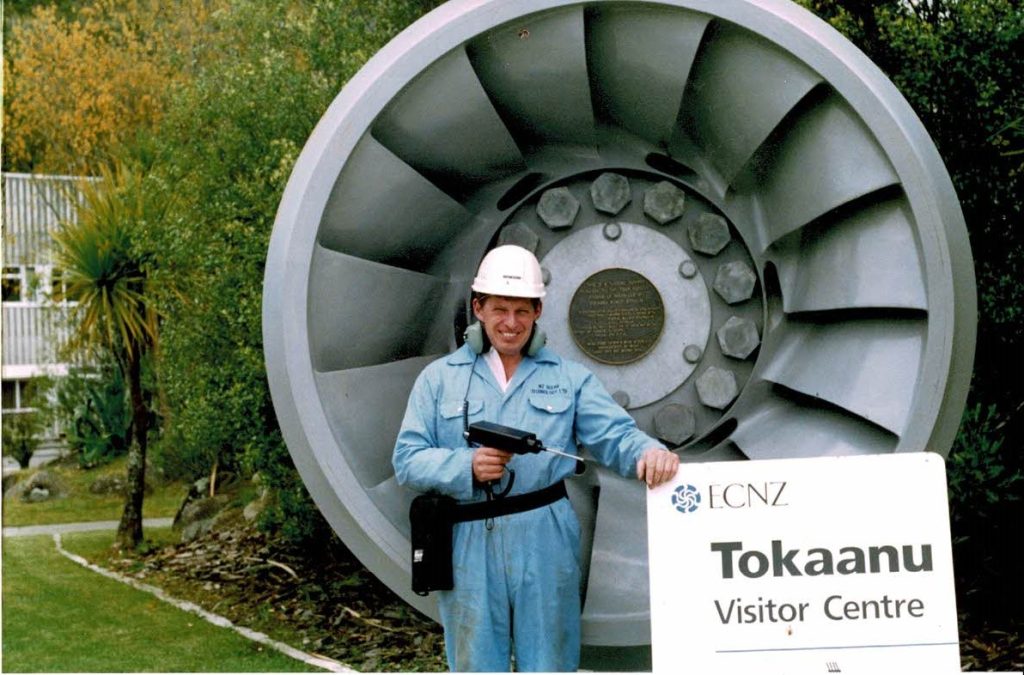
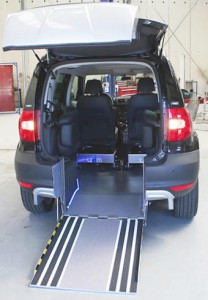
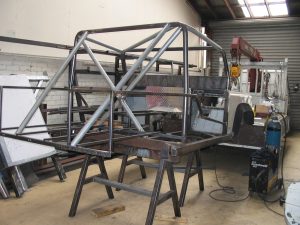



Most recent comments